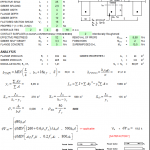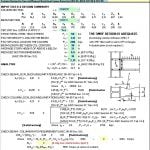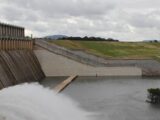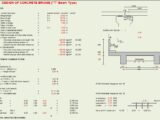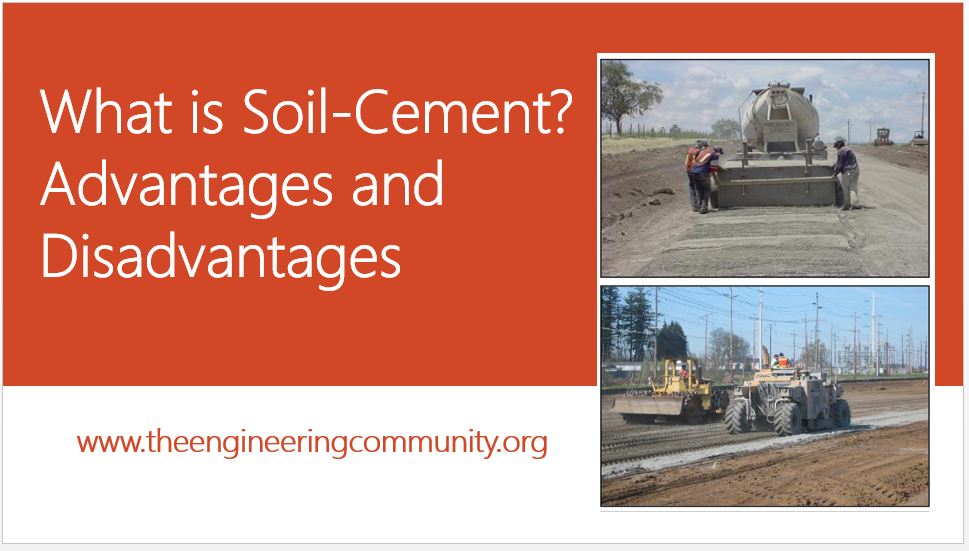
What is Soil-Cement? Advantages and Disadvantages
20 November 2021What is Soil-Cement? Advantages and Disadvantages
Soil-cement is a mixture of soil and measured amount of cement, and water compacted at high density. They all together form a hardened mixture like concrete, under the hydration action of cement.
Soil cement is used to strengthen underlying soil conditions to support traffic loading. Cement stabilized base is also a common application to strengthen the base section directly underneath rigid or flexible pavements. Soil-cement can be used when paving roads, parking lots, airports, residential streets, and more. It’s a cost-effective pavement base known for its strength and durability.
Soil-cement is also called the cement-stabilized base, or cement-treated aggregate base.
Soil-cement Applications
It is primarily used as a base course for-
- Roads
- Airports
- Shoulders
- Parking Areas
It is also used for:
- Sub-base for rigid pavements
- Slope protection for earth embankments and dams.
- Foundation Stabilization
- Channel and Reservoir lining
How is soil-cement created?
First, rigorous laboratory tests are conducted to determine the cement and moisture content required to achieve the design compressive strength at a specific compactive effort. This analysis is then frequently referred to throughout the construction process to ensure that the soil-cement is of the highest quality.
Once the specific components of the mixture are decided, the material is mixed either in a central mixing plant or in-place. With central mixing plants, the soil-cement is first mixed and then brought to the job site. With in-place soil-cement construction, the mixing is done on-site. This involves first spreading the cement on the in-place soil. The cement, soil, and water are then mixed to a uniform consistency. During the final stages, the mixture goes through processes of compaction within a specified time limit and is cured. The curing process ensures that the soil-cement created is at its maximum strength.
Some soil-cement applications also require a process called “micro-cracking”. Micro-cracking of the soil-cement layer reduces the rigidity of the layer and the potential for cracking to reflect from the layer to the pavement.
Main processes involved in the construction of soil-cement are:
- Mixing
- Compacting
- Curing
Mixing
At the central mixing plant, mixing of the soil-cement mixture is done. The final mixture is then moved to the job site and laid over the already prepared sub-grade level.
Initially, a proper quantity of cement is being spread over the soil and mixed homogeneously. Then a measured amount of water is added and mixed thoroughly. The mixing can be done by hands or with mixing equipment or machines.
Compaction
Now the compaction of the whole mixture is done by normally used compaction equipment. The compaction is done with high precision to achieve the maximum advantage of the cement used.
Once it is done, the whole mixture layer is cemented permanently at a very high density. After compaction, it won’t let the soil to undergo further consolidation or settlement under huge traffic.
Curing
The last step is curing. It is performed to prevent evaporation of water to the atmosphere. Proper cement hydration will be enabled only with an adequate amount of water. For this, a bituminous coating is laid over the layer and would act as a bituminous surface. The thickness of the layer can be increased if the pavement is constructed in an area with huge traffic.
Performance of Soil-cement
- Soil-cement thicknesses are less in comparison of that required for granular bases carrying the same traffic over the same subgrade. It is because the soil-cement is a cemented, rigid material that distributes loads over broad areas. The slab-like characteristics and strength like beam are unmatched by granular bases. Hard and rigid soil-cement resists cyclic cold, rain, and spring-thaw damage.
- The maintenance reports of already constructed soil-cement pavement show that they are having good service at low maintenance costs.
- Samples must be taken at the installation and after a certain period. The analysis showed that the strength and other performance factors increased with age. It was found to be four times greater than the initial values. The analysis shows that they possess a high reserve strength capacity.
Advantage of Soil-cement
- It requires less maintenance cost
- It is Cheap and highly economical
- Soil swelling can be reduced
- It is Widely available resources.
- Better weather-resistance and strength
- It can be employed for small works
Disadvantages of Soil-cement
- Formation of cracks
- An always requirement to check the quantity of water
- It is not suitable for some soils
- Requirement of proper supervision.



